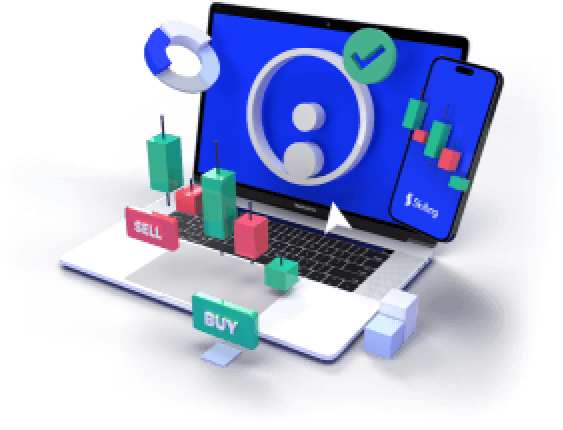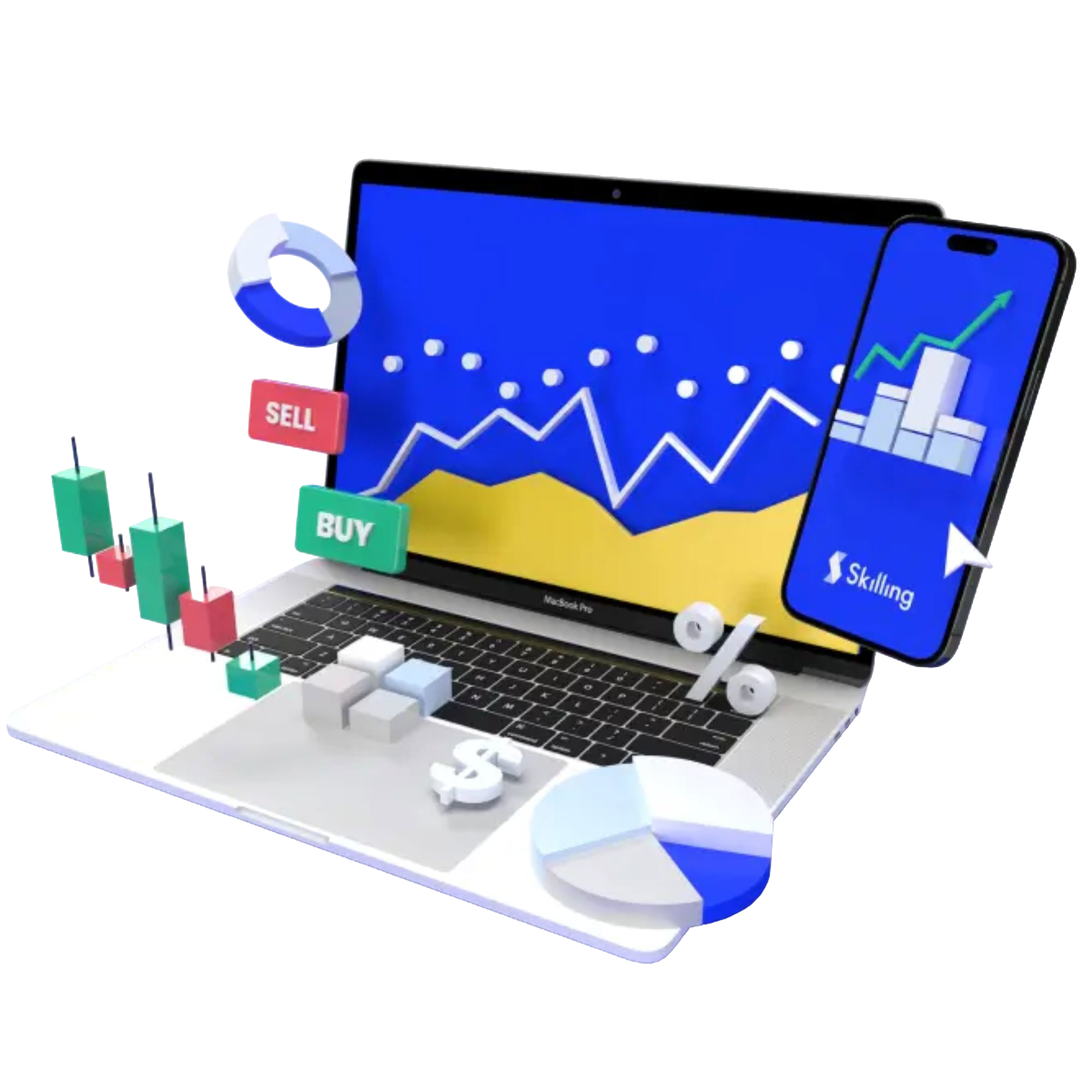
What is privatization and how does it work?
When a government decides to transfer ownership of a public service or company to private individuals or businesses, this process is called privatization. Essentially, it means that what was once managed by the government is now operated by private entities. This can include anything from selling state-owned companies to contracting private firms to run public services. Privatization is done for various reasons, such as improving efficiency, reducing government costs, or fostering competition. Here are real-world examples of privatization.
Practice with a Demo Account
Try our demo account and experience real market conditions.
71% of retail CFD accounts lose money.

Real-world example of privatization
This information is sourced from Investopedia.com and reuters.com. It reflects thorough research; however, you are encouraged to conduct their own research and seek professional advice to make informed decisions.
Real-world example of privatization: Eletrobras
Eletrobras was Brazil’s largest state-owned electric utility company, controlling a significant portion of the country's electricity generation and distribution. For many years, the Brazilian government managed Eletrobras, overseeing its operations and finances. However, in 2022, the government decided to privatize Eletrobras to improve efficiency and reduce public debt. The privatization process involved selling the majority of the company's shares to private investors, effectively transferring control from the government to private entities.
Public-to-private privatization vs. corporate privatization
As you've seen, privatization is when the government sells or transfers ownership of services or businesses to private companies. Corporate privatization, on the other hand, happens when a publicly traded company (one whose shares are bought and sold on the stock market) is bought out and turned into a private company. It’s a shift from being owned by many public shareholders to being owned by a few private investors or a single company.
Trade Demo: Real trading conditions with zero risk
Trade risk-free on Skilling’s award winning platforms with a 10k* demo account.
71% of retail CFD accounts lose money.

| Category | Public-to-private privatization | Corporate privatization |
|---|---|---|
| Who is involved? | Government and private companies. | Public company and private investors or another company. |
| Type of ownership change | Government-owned services or businesses become privately owned. | Publicly traded companies become privately owned. |
| Purpose | To improve service efficiency or save money. | To focus on long-term goals or restructure the company. |
Experience Skilling's award-winning platform
Try out any of Skilling’s trading platforms on the device of your choice across web, android or iOS.
71% of retail CFD accounts lose money.

Advantages and disadvantages of privatization
| Advantages | Disadvantages |
|---|---|
| Increased efficiency: Private companies often run businesses more efficiently than the government. They aim to reduce costs and improve services | Higher costs for consumers: Some private companies aim to make a profit, which could sometimes lead to higher prices for consumers. |
| Better quality and innovation: Private companies compete to attract customers, which could lead to better quality and more innovative products and services. | Reduced access to services: Some private companies might not provide services to areas that are not profitable, reducing access for some people. |
| Reduced Government burden: Privatization allows the government to focus on essential services like education and healthcare by reducing the burden of running businesses. | Job losses: Privatization could lead to job cuts as private companies try to reduce costs. |
| Increased investment: Private companies can invest more money into improving and expanding services. | Profit over public good: Some private companies prioritize making money, which might not always align with the public’s best interest. |
What does privatization mean to traders?
Privatization could significantly impact the market and the value of a company's shares, creating trading opportunities. When a government-owned company is privatized, it often undergoes restructuring and strategic changes aimed at improving efficiency and profitability. These changes could lead to fluctuations in the company's stock price, presenting potential opportunities for traders to speculate on price movements.
Summary
Enjoyed the content? As you've seen, privatization has both pros and cons, and it's important to understand its impact on different sectors. It's free to open a Skilling account where you can trade global stocks like Tesla and more CFDs. Open your Skilling account today.











